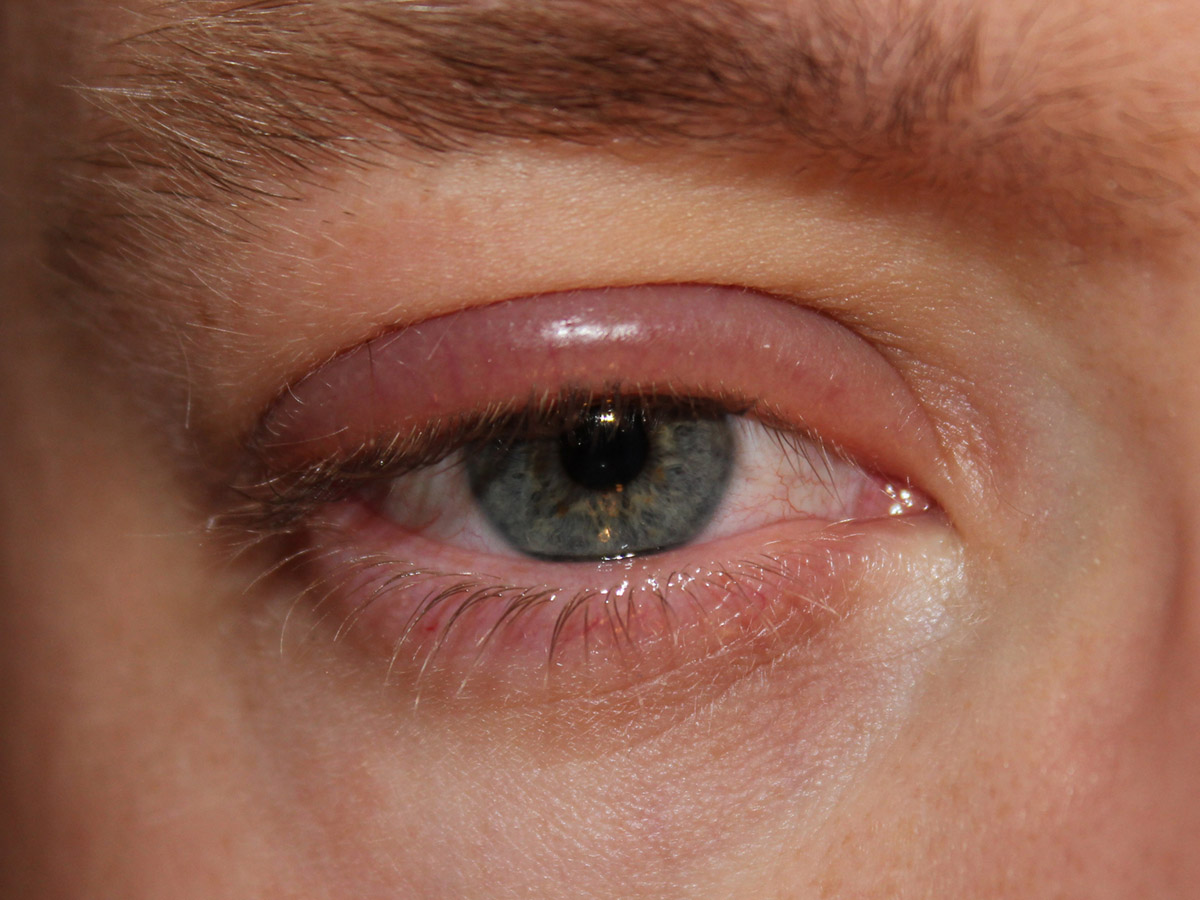
Introduction to Blepharitis
This condition is an inflammation that affects a person’s eyelids. It usually has to do with one part of the eyelid in particular, which is the part from which the eyelashes grow.
The condition occurs when oil glands that are located near the base of the eyelashes begin to malfunction. This often results in inflamed and itchy eyelids. Blepharitis is caused by several different conditions and unfortunately, it is often chronic and hard to treat. It can also be very uncomfortable and not look to attractive, but it will not cause any permanent damage to the eyesight.
Causes of Blepharitis
Blepharitis is usually caused by diseases and conditions such as dandruff on the scalp and eyebrows, bacterial infections, malfunctioning oil glands, skin conditions such as rosacea, allergies to various things such as eye medications, contact lenses or makeup, and eyelash mites.
The condition can also result from a combination of some of these factors.
Treatment
Unfortunately, blepharitis is a chronic disease in most cases and there is no real cure, but it will need constant treatment in order to be maintained and kept under control.
In acute phase treatments there must be therapy involved in keep the disease under control quickly. This will focus on therapy that is necessary for keeping the disease quiet.
One of the best ways to treat blepharitis is with warm compresses, followed by lid scrubs. This will remove all of the debris on the iris and reduce the amount of bacteria that is located on the eyelid. It will also stabilize tear film and release oily secretions that will reduce tear evaporations, which is usually referred to as dry eye, and is another problem of blepharitis.
War compresses will heat the debris and crust on the lid after which it should be washed away with a lid scrub.
It is best to soak a washcloth in water and then place the cloth on the lid surface for a period of 5-10 minutes at least three times a day. After this, the lids should be scrubbed off along with the debris.
There are also antibiotic treatments that include the use of ointments on the eyelid after the lid scrub in order to bring comfort to the patient. Erythromycin eye ointment is the best choice or Tobradex, with is a steroid-antibiotic combination.
Anti-inflammatory treatments such as castor oil can also be used to treat the condition. Castor oil will help with the eye lid inflammation and dry eyes as well.




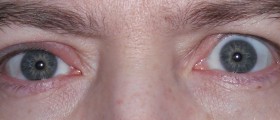

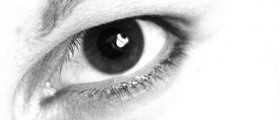
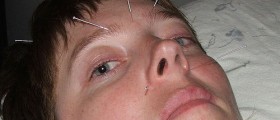
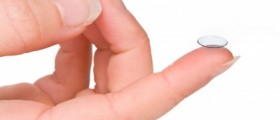
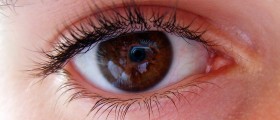


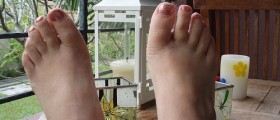
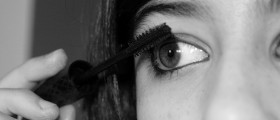



Your thoughts on this
Loading...